All You Want to Know about AI Drones
Artificial Intelligence (AI) has revolutionized various fields, and its integration with drone technology is one of the most significant advancements. This article provides a comprehensive overview of AI drones, covering their technology, applications, benefits, challenges, and future outlook. It aims to provide readers with a better understanding of this rapidly evolving field.
What is AI?
Artificial Intelligence (AI) refers to the simulation of human intelligence by machines, particularly computer systems. It includes subfields such as machine learning, deep learning, natural language processing, and computer vision. AI systems are designed to learn from data, identify patterns, make decisions, and solve complex problems. AI is foundational for technologies like voice assistants, autonomous vehicles, and robotics.
Do Drones Use AI?
Yes, drones use AI to enhance their capabilities. Traditional drones require manual control, while AI-powered drones can operate autonomously. AI allows drones to process data, make autonomous decisions, and perform complex tasks such as navigation, object recognition, and environmental analysis. AI integration transforms drones from simple remote-controlled devices into intelligent tools for various applications.
What are Al Drones?
AI drones are unmanned aerial vehicles (UAVs) equipped with AI technologies to perform tasks autonomously or with minimal human intervention. These drones use AI algorithms for real-time decision-making, obstacle avoidance, and mission optimization, making them suitable for industries like agriculture, logistics, and public safety.
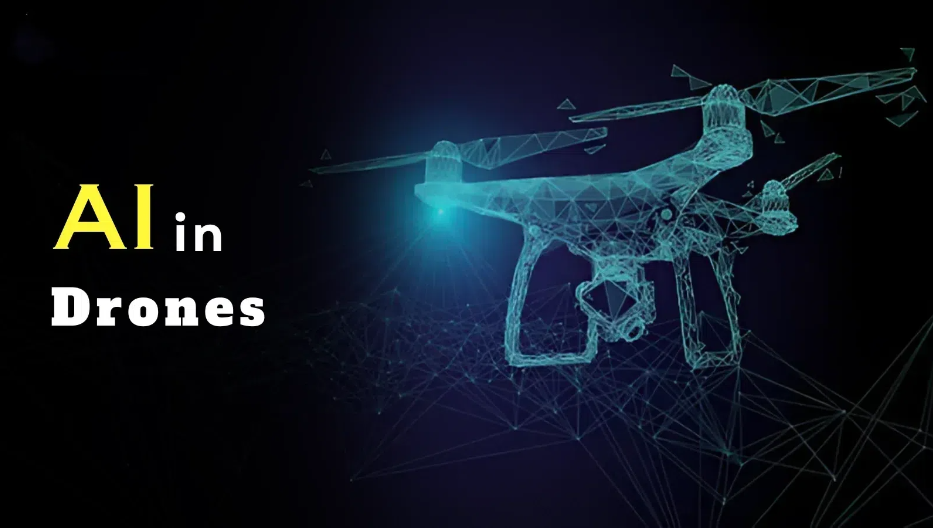
How Does Drone AI Technology Work?
Key technologies include computer vision for object detection, GPS for navigation, and neural networks for advanced decision-making. Drone AI technology integrates sensors, cameras, and onboard processors to:
●Collect data from the environment.
●Process and analyze data using AI algorithms.
●Make decisions or take actions based on insights derived from the data.
●Adapt to dynamic conditions through machine learning models.
How to lmplement Artificial intelligence in Drones?
Implementing AI in drones involves:
●Choosing a Suitable AI Framework: Select frameworks like TensorFlow, PyTorch, or OpenCV for building AI models.
●Data Collection: Gathering large datasets of relevant information, such as images, videos, and sensor readings.
●Developing Algorithms: Create machine learning models for specific tasks such as object detection or navigation.
●Hardware Integration: Integrating AI hardware, such as processors and sensors, into the drone platform.
●Software Development: Developing software to control the drone and integrate the AI algorithms.
●Testing and Training: Test and refine AI models using simulation environments and real-world scenarios.
How to Make An AI Drone and Connect Drone To Your AI Model?
Building an AI drone requires expertise in various fields, including:
●Drone Hardware: Selecting appropriate drone components, such as frames, motors, and sensors.
●AI Model Development: Training and optimizing AI models for specific drone applications.
●Electronics and Programming: Integrating electronic components and programming the drone's flight control system.
●Communication: Establishing communication links between the drone, ground control station, and AI model.
How Is AI Used in Autonomous Drone Landing and Takeoff?
AI enables autonomous drone landing and takeoff by:
●Precise Positioning: Using GPS, computer vision, and other sensors to accurately determine the drone's location and orientation.
●Obstacle Avoidance: Detecting and avoiding obstacles during takeoff and landing.
●Wind Compensation: Adjusting flight parameters to compensate for wind gusts and other environmental factors.
●Landing Site Recognition: Identifying and selecting appropriate landing sites based on visual cues and other data.
How Does AI Enable Drones to Navigate and Avoid Obstacles?
AI-powered drones use:
Computer Vision: Identify and track objects in real time.
●Path Planning Algorithms: Calculate the safest and most efficient routes.
●Sensor Fusion: Combine data from multiple sensors for better situational awareness.
●Real-time Obstacle Detection: Continuously monitoring the environment for obstacles and adjusting flight paths accordingly.
●Collision Avoidance: Implementing real-time collision avoidance maneuvers to prevent accidents.
These technologies allow drones to navigate complex environments and avoid collisions autonomously.
What Are the Key Applications of AI in Drone Technology?
AI is transforming various drone applications, including:
●Agriculture: Precision farming, crop monitoring, livestock management Delivery: Package delivery, medical delivery, food delivery
●Inspection: Infrastructure inspection, industrial inspections, environmental monitoring
●Surveillance: Border patrol, security surveillance, search and rescue
●Public Safety: Search and rescue operations
●Environment: Wildlife monitoring and disaster assessmen
How is AI Transforming Drone Surveillance and Inspection?
AI enhances drone surveillance by enabling real-time data analysis, object detection, and threat identification. In inspection scenarios, drones equipped with AI can autonomously scan large areas for structural integrity issues or environmental hazards while providing actionable insights based on their findings.
What Advances Are Being Made in AI for Weather Forecasting Using Drones?
Drones equipped with AI can enhance weather forecasting by:
●Data Collection: Gathering real-time data from various altitudes and locations, providing more accurate and localized weather information.
●Pattern Recognition: Identifying and analyzing weather patterns using machine learning algorithms.
●Predictive Modeling: Developing more accurate predictive models for severe weather events, such as hurricanes and tornadoes.
●Improved Early Warning Systems: Enabling more timely and accurate early warning systems for severe weather.
What Role Does AI Play in Drone Delivery Services?
AI optimizes drone delivery by:
●Planning efficient routes.
●Managing dynamic obstacles during transit.
●Ensuring precise drop-off at designated locations.
Companies like Amazon and UPS are leveraging AI-powered drones for faster and cost-effective deliveries.
How Are AI-Powered Drones Enhancing Public Safety and Emergency Response?
AI-powered drones are enhancing public safety and emergency response by:
●Search and Rescue: Locating and rescuing individuals in distress, such as lost hikers or victims of natural disasters.
●Disaster Response: Assessing damage, delivering aid, and monitoring the situation during emergencies.
●Firefighting: Assisting firefighters in assessing fire conditions, locating hotspots, and delivering water or other resources.
●Law Enforcement: Assisting law enforcement agencies in surveillance, crowd control, and evidence collection.
What Are The Major Benefits Of Using Al In Drones?
●Enhanced autonomy and operational efficiency.
●Improved accuracy in data collection and analysis.
●Improving safety by enabling better obstacle avoidance, collision avoidance, and autonomous landing.
●Cost savings through reduced human intervention.
●Versatility across multiple applications.
What Are the Challenges and Ethical Considerations in AI Drone Technology?
Technical Challenges: Hardware limitations, AI model training complexity.
●Data Privacy: Protecting the privacy of individuals and organizations from unauthorized surveillance.
●Bias and Discrimination: Ensuring that AI algorithms are unbiased and do not discriminate against certain individuals or groups.
●Regulatory Issues: Compliance with airspace regulations.
●Ethical Concerns: Ensuring responsible use.
What is the Future Outlook for AI and Drone Technology?
With continuous innovation, AI drones are set to revolutionize industries and redefine possibilities. The future of AI drones promises advancements in:
●Seamless integration with 5G and IoT ecosystems.
●Smarter and more reliable autonomous operations.
●Expansion into new industries and applications.
Conclusion
In conclusion, AI-powered drones are transforming traditional UAV capabilities, enabling greater autonomy, precision, and versatility. From agriculture and delivery services to public safety and environmental monitoring, the applications of AI drones are vast and continually expanding. While challenges and ethical considerations must be carefully addressed, the future of AI drones holds immense promise, offering the potential to revolutionize industries, improve lives, and shape the future of technology. As a global leading lipo battery manufacturer, Grepow offers high-energy-density semi-solid state batteries and UAV batteries for various police drones. If you have any questions or needs, please feel free to contact us at info@grepow.com.
Related Article:
What Is a Long Endurance Drone?
What Is a Fixed Wing VTOL Drone?
Related Articles
-

Powering Aerial Artistry: Grepow Battery Solutions Behind Drone Light Shows
2025-10-27 -

Vatican Drone Show: Where Technology Meets Faith
2025-09-15 -
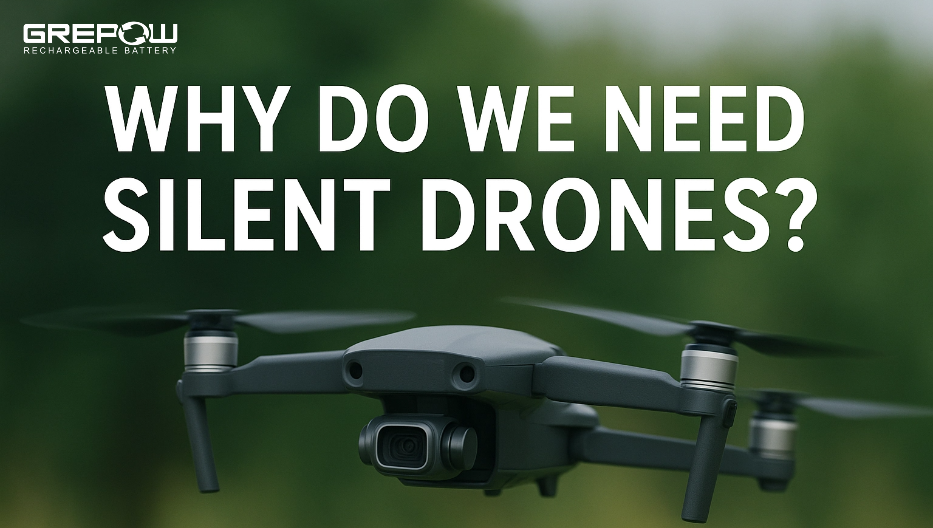
Why Do We Need Silent Drones?
2025-09-02
Related products
-
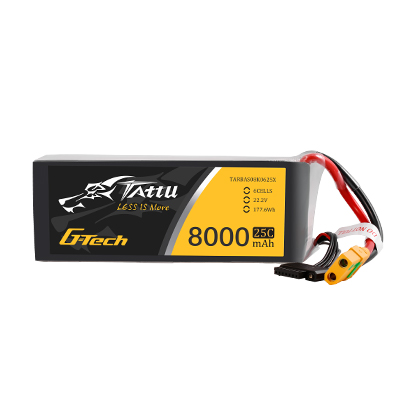
Tattu G-Tech 6S 8000mAh 22.2V 25C Lipo Drone Battery
-
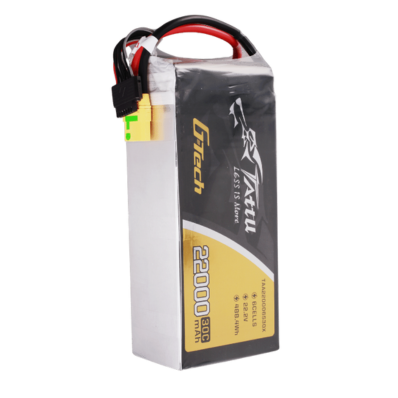
Tattu G-Tech 30C 6S 22000mAh 22.2V Lipo Drone Battery Pack
-
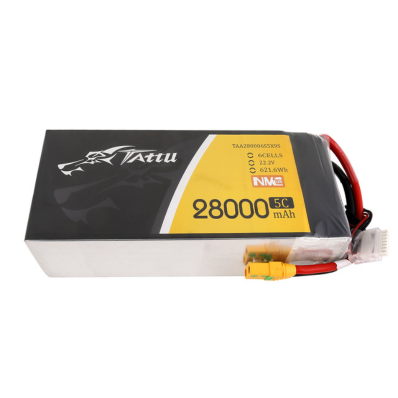
28000mAh 22.2V 6S Semi-Solid State Battery Pack
















































